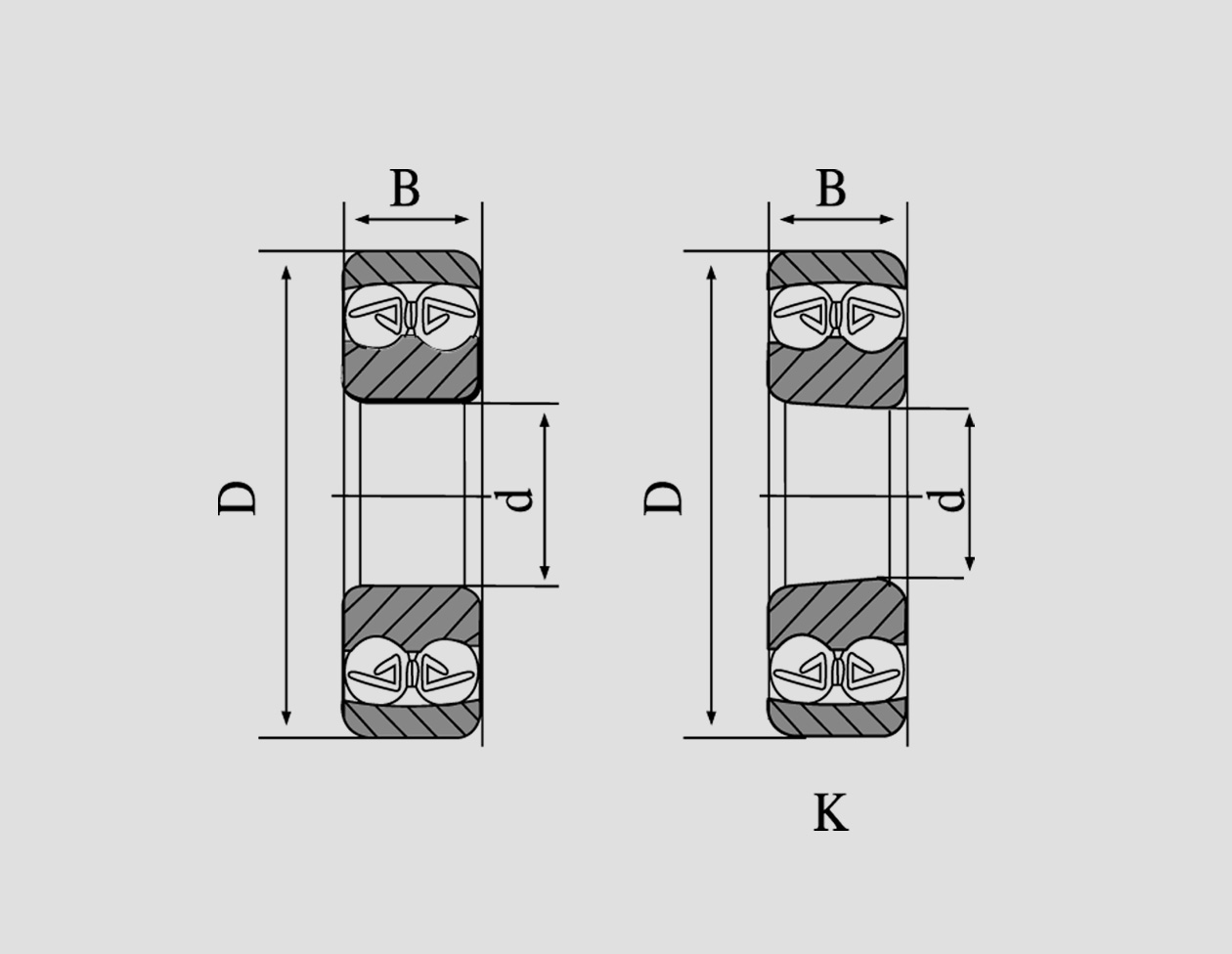
Aug . 22, 2024 02:13 Back to list
Dimensions and Specifications of 6001 Series Bearings and Their Applications
Understanding 6001 Bearing Dimensions
Bearings play an essential role in machinery and mechanical systems, providing support, reducing friction, and facilitating smooth rotational or linear movement. Among the various types of bearings, the 6001 series of bearings is widely used in a variety of applications, due to its desirable characteristics and specifications. This article aims to shed light on the dimensions and specifications of the 6001 bearing, as well as its applications and importance.
What is a 6001 Bearing?
The 6001 bearing belongs to the deep groove ball bearing family, which is one of the most common types of bearings used in engineering. Deep groove ball bearings are characterized by their simple structure, robustness, and ability to support both radial and axial loads. The 6001 designation specifically refers to a type of bearing with specified dimensions and load characteristics.
Dimensions of the 6001 Bearing
The 6001 bearing has standardized dimensions according to the International Organization for Standardization (ISO). The key dimensions are as follows
- Inner Diameter (ID) 12 mm - Outer Diameter (OD) 28 mm - Width (B) 8 mm
These dimensions allow the 6001 bearing to be easily integrated into various machinery and equipment. The inner diameter is designed to fit onto the shaft of the machine, while the outer diameter fits into the housing. The width is crucial as it impacts the load capacity and performance of the bearing.
Load Ratings
6001 bearing dimensions

The load ratings of the 6001 bearing are another important aspect to consider. Typically, deep groove ball bearings have a dynamic load rating that indicates the bearing’s ability to withstand operational conditions without failure. The 6001 bearing has a dynamic load rating of approximately 6,000 N (Newtons) and a static load rating of about 3,000 N. These ratings make it suitable for applications that require moderate load capacities.
Materials and Variants
The 6001 bearing is typically made from high-quality steel, which provides durability and longevity under normal operating conditions. Additionally, these bearings can come in various material variants, including stainless steel or ceramic, depending on the specific environmental conditions they will face. Stainless steel variants are often chosen for their resistance to corrosion, making them ideal for use in damp or harsh environments.
Applications of the 6001 Bearing
Due to their robust design and moderate load-carrying capabilities, 6001 bearings are utilized across a range of applications. Common uses include
- Electric Motors Serving as support for rotating shafts, ensuring efficient operation. - Household Appliances Found in devices like washing machines and fans, where smooth rotational movement is essential. - Automotive Applications Used in various automotive components such as wheels and gearbox assemblies. - Industrial Machinery Employed in conveyors, pumps, and agricultural machinery.
Conclusion
The 6001 bearing stands out as a reliable and versatile component in numerous mechanical systems. Understanding its dimensions, load ratings, and applications provides engineers and technicians with the information they need to select the right bearing for their projects. As technology advances and new materials are developed, the performance and applications of bearings like the 6001 will continue to evolve, enhancing efficiency and durability across a wide range of industries. Whether in small household appliances or large industrial machines, the significance of bearings cannot be overstated, making the study of their specifications, such as those of the 6001 bearing, crucial for anyone involved in mechanical design and engineering.
Latest news
-
Grooved Ball Bearing Design and Functionality
NewsJun.04,2025
-
Concrete Mixer Bearing Load Capacity Testing
NewsJun.04,2025
-
6004 Bearing Dimensions in Robotic Joint Designs
NewsJun.04,2025
-
Advantages of Single-Row Deep Groove Ball Bearings
NewsJun.04,2025
-
Applications of Deep Groove Ball Bearings in Automotive Systems
NewsJun.04,2025
-
Innovations in Bearing Pressing Machine Design
NewsJun.04,2025
